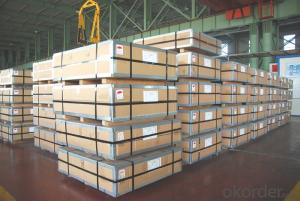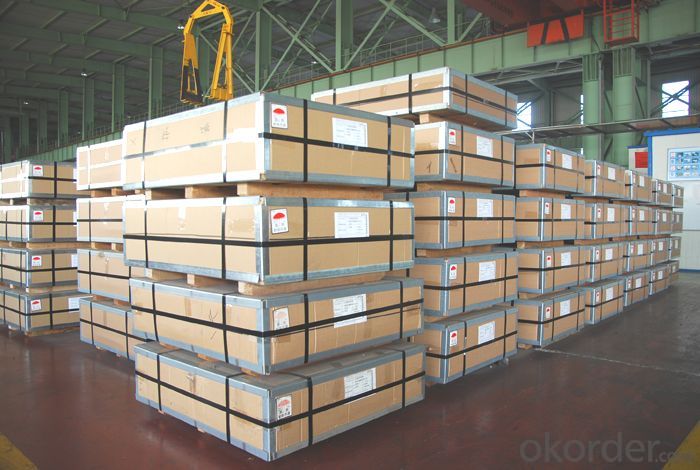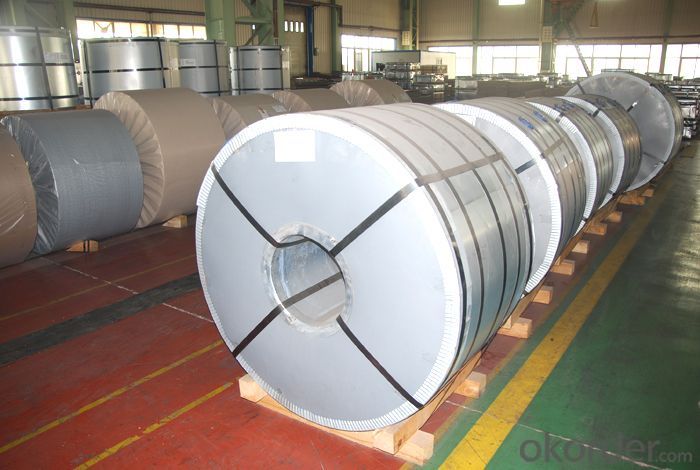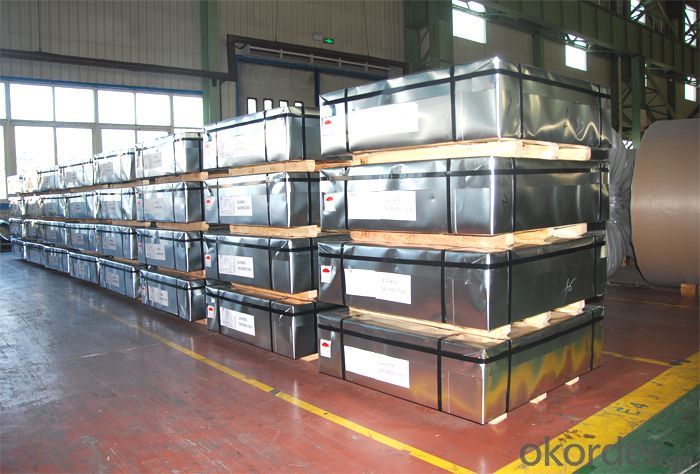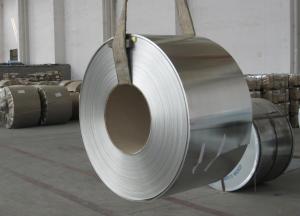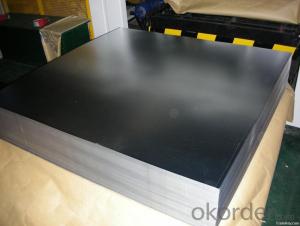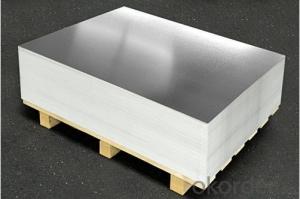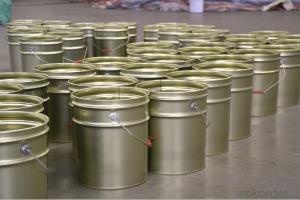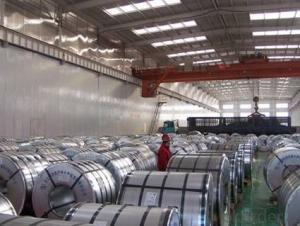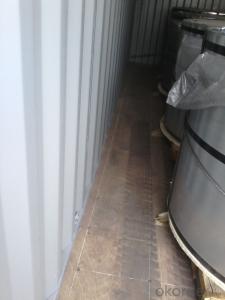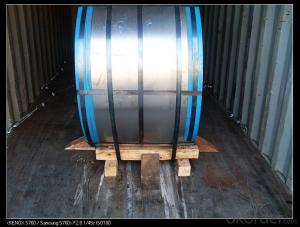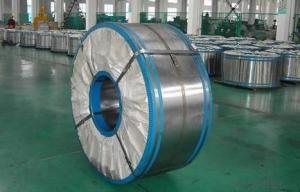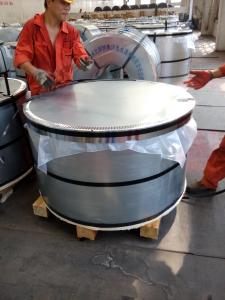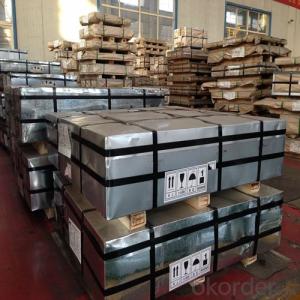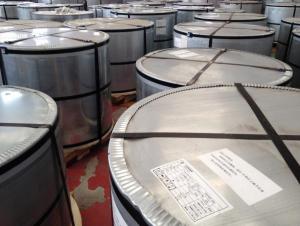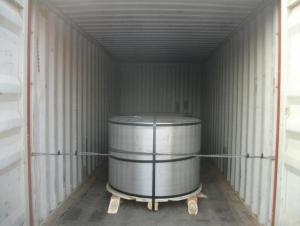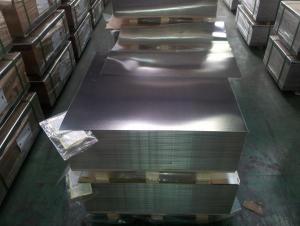Prime tin Of High Quality ETP Tinplate coil
- Loading Port:
- Tianjin
- Payment Terms:
- TT OR LC
- Min Order Qty:
- 100 m.t.
- Supply Capability:
- 4000 m.t./month
OKorder Service Pledge
OKorder Financial Service
You Might Also Like
We manufactures and sales Electrolytic Tinplate (ETP) and provides the lithography service for its domestic and international clients, guaranteeing quality, timely deliveries and offering technical assistance with the purpose of providing our clients added value with our products. We provide technical assistance and contribute in special projects made with our indirect clients to develop the market of our direct clients.
Tinplate (TP) is a heterogeneous material of stratified structure known like electrolytic tinplate (TP), whose base is made by a sheet of sweet steel of low carbon, covered by both faces by a cap of tin, which is used to manufacture tin cans and tin can parts, which must comply certain properties according to the product to be canned, the process of production and the final destination of the canned product.
Electrolytic TinPlate: Composition
E.T.P. consists of five layers each of which performs a different role:
1. Steel Base: Provides stiffness to the material due to its thickness and mechanical strength. Its chemical composition imparts special properties to resist corrosion.
2. Iron-Tin Alloy: This is made up by the inter-metallic compound Fe-Sn2. Due to its electrochemical characteristics, it acts as a barrier against corrosion. For effective action, its continuity is more important than its quantity.
3. Metallic Tin: Tin has many advantages which have turned it into the most important element to protect steel used for cans; in many foods, it acts as a simple barrier against corrosion, improves weldability, it is an excellent base for lithographic printing and for applying lacquers. In tin-robbing foods, it acts as a sacrificial element.
4. Passivation Film: According to its nature, it makes it possible to improve the E.T.P.’s resistance to sulphiding, oxidation and rust. It is also a conditioner to improve the adherence of varnishes, inks, lacquers etc.
5. Oil Film: Protects the sheet from the humidity in the environment and makes easy to handle. It is applied using an electrostatic oiler on both sides of the sheet.
Of High Quality ETP Tinplate sheet coils Images
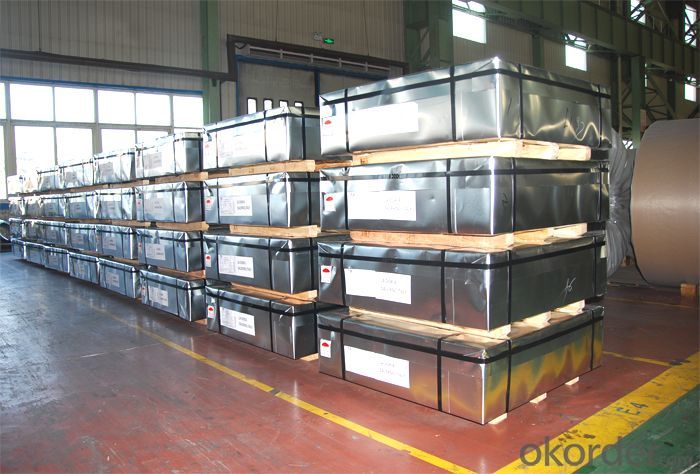
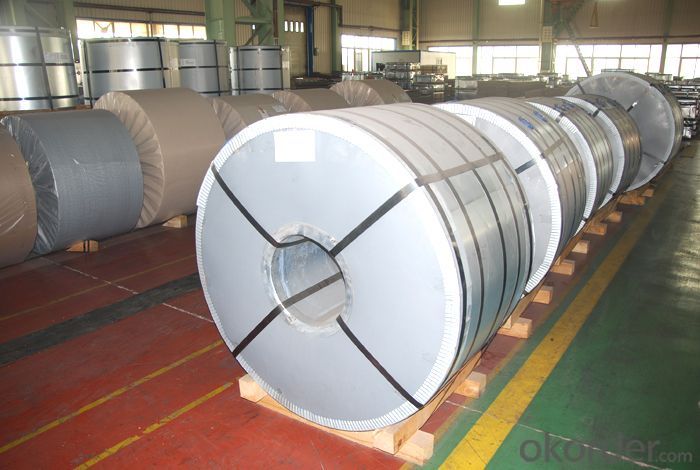
- Q: How is tinplate coated with organic materials for specific applications?
- Tinplate can be coated with organic materials for specific applications through a process called organic coating or lacquering. In this process, a thin layer of organic material, such as polymer or lacquer, is applied onto the surface of the tinplate. This coating provides various benefits like corrosion resistance, improved aesthetic appearance, and enhanced durability. The organic coating can be applied through methods like roll coating, spray coating, or electrostatic deposition, depending on the specific requirements of the application.
- Q: What are the welding methods used for tinplate?
- The welding methods commonly used for tinplate are spot welding, seam welding, and resistance welding. These methods ensure a strong and durable bond between tinplate sheets, making them suitable for various applications such as food cans and packaging materials.
- Q: How is tinplate used in the cosmetics industry?
- Tinplate is commonly used in the cosmetics industry for packaging purposes. It is often utilized to make containers such as cans and tubes that store various cosmetic products like creams, lotions, and powders. Tinplate provides durability, protection, and a sleek appearance to these cosmetic packaging materials, ensuring the safety and preservation of the products.
- Q: What are the main regulations governing tinplate recycling?
- The main regulations governing tinplate recycling include waste management laws and regulations, environmental protection guidelines, and recycling policies. These regulations aim to ensure proper disposal and recycling of tinplate materials, minimize environmental impact, and promote sustainable waste management practices. Additionally, there may be specific regulations related to the handling, collection, and processing of tinplate materials to ensure safe and efficient recycling operations.
- Q: Is to buy canned tinplate or aluminum
- Buy tinplate, aluminum toxic, not good
- Q: What are the main challenges in tinplate canning process?
- The main challenges in tinplate canning process include ensuring proper sealing of cans to prevent leakage, maintaining consistency in can dimensions and shape, preventing contamination during the filling process, and ensuring efficient and cost-effective production while meeting quality standards. Additionally, addressing environmental concerns related to the disposal of tinplate waste and exploring alternative packaging materials are also significant challenges.
- Q: Can tinplate be soldered?
- Yes, tinplate can be soldered.
- Q: How does tinplate affect the cost of packaging?
- Tinplate affects the cost of packaging by adding to the overall production expenses due to its higher cost compared to other materials, such as aluminum or plastic. However, tinplate offers several advantages like superior durability and barrier properties, which can contribute to reducing product waste and increasing shelf life. Therefore, while tinplate may increase the packaging cost, it can also provide added value and cost savings in terms of product protection and extended shelf life.
- Q: How is tinplate coated with organic materials?
- Tinplate is typically coated with organic materials through a process called lacquering or varnishing. The organic coating, usually a resin-based material, is applied to the tinplate surface in a controlled manner, forming a protective layer that prevents corrosion, enhances durability, and provides a decorative finish.
- Q: What are the common labeling options for tinplate containers?
- The common labeling options for tinplate containers include adhesive labels, heat transfer labels, direct printing, and embossing.
Send your message to us
Prime tin Of High Quality ETP Tinplate coil
- Loading Port:
- Tianjin
- Payment Terms:
- TT OR LC
- Min Order Qty:
- 100 m.t.
- Supply Capability:
- 4000 m.t./month
OKorder Service Pledge
OKorder Financial Service
Similar products
Hot products
Hot Searches
Related keywords
